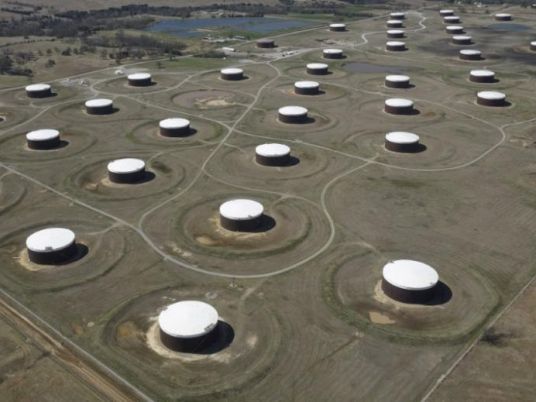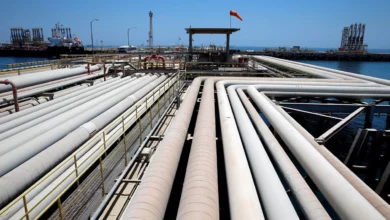
Oil prices edged down on Monday due to a renewed dollar rally but were still supported at levels of around US$55 per barrel on the back of delays in new Libyan oil exports and expectations of tighter supplies going into 2017.
Brent crude futures traded at US$54.98 per barrel at 1215 GMT, down 23 cents from their last close and having pared earlier gains as the dollar index rose 0.8 percent on expectations that the Federal Reserve will increase the pace of interest rate rises next year.
US West Texas Intermediate (WTI) crude futures were down 21 cents at US$51.69 a barrel.
Late last week a group guarding oil infrastructure in Libya said it had reopened a long-blockaded pipeline leading from the oilfields of Sharara and El Feel, but a separate group had prevented a production restart at El Feel.
Meanwhile the US dollar hit 2002 highs last week, with a strong dollar making oil more expensive for holders of other currencies.
But some analysts expect the strength in oil prices to continue into early 2017 due to the deal between the Organization of the Petroleum Exporting Countries and some other producers to cut almost 1.8 million barrels per day (bpd) in oil output from January.
"With investors now expecting a relatively high level of compliance with the production-cut agreements, prices should be well supported," ANZ bank said on Monday.
Speculators raised their holdings of Brent crude oil futures to a new record high last week, following the first deal in 15 years to be agreed between OPEC and non-OPEC producers to cut output.
However, other market factors cast a shadow on the outlook, preventing prices from rising further.
In the United States, which did not participate in the output-reduction deal, drilling for new oil has increased for seven straight weeks.
Drillers added 12 oil rigs in the week to Dec. 16, bringing the total count to 510, the highest since January, though still below 541 rigs a year ago, energy services firm Baker Hughes said on Friday.
"Since its trough on May 27, 2016, producers have added 194 oil rigs (+61 percent) in the US," US bank Goldman Sachs said.
As a result, US oil production is edging up, rising from below 8.5 million bpd in July to almost 8.8 million bpd by mid-December.




